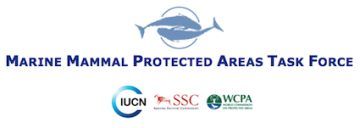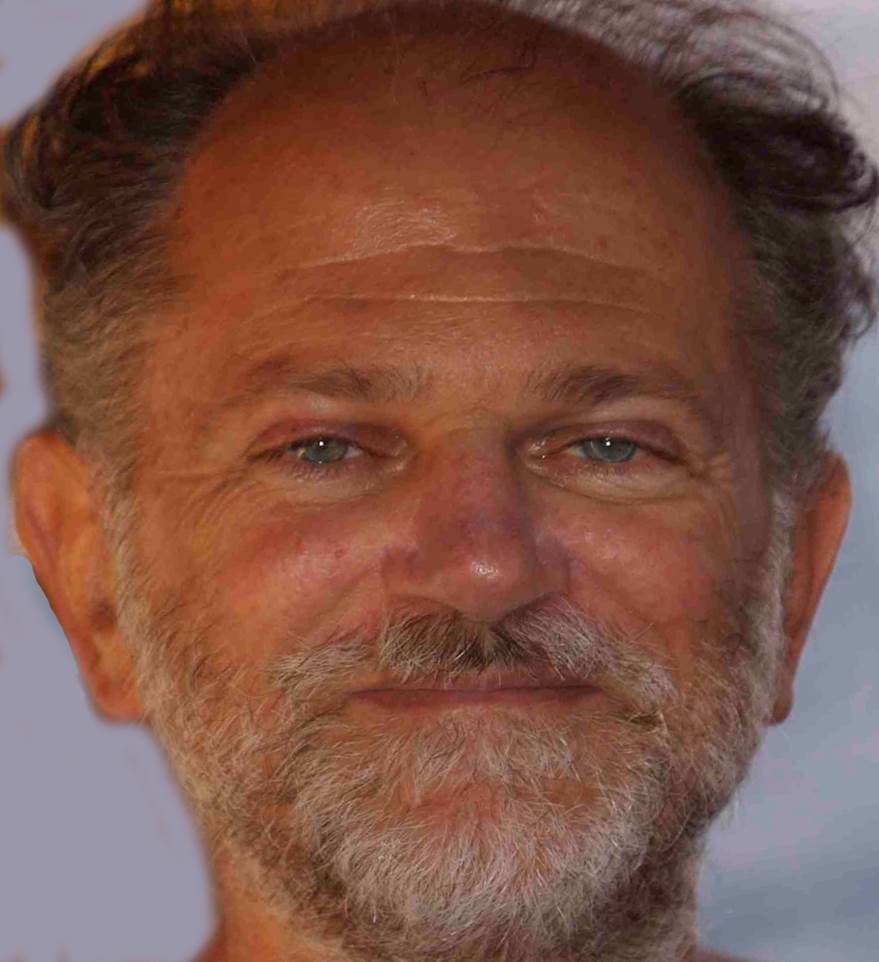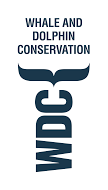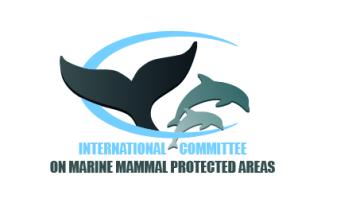
Getting notice for a rare blue whale area as an EBSA on road to be an MPA

Endangered blue whales from the Eastern Tropical Pacific breed and feed in an offshore, highly productive oceanic feature called the Costa Rica Dome. Compiling data on the blue whales' use of the area and the overall productivity was the first step, followed by submitting a case study for protection of the area to the Convention on Biological Diversity (CBD), publicising the value of the area, gaining local support, and working with MarViva and other NGOs on regional agreements..
Context
Challenges addressed
Location
Process
Summary of the process
Building Blocks
Submitting idea for a protected area to the CBD
Enabling factors
Lesson learned
Working with regional NGO to get idea accepted as an EBSA
Enabling factors
Lesson learned
Gaining buy-in from Costa Rica government & other countries
Enabling factors
Lesson learned
Working toward a marine protected area (MPA)
Enabling factors
Lesson learned
Resources
Impacts
1) the public and government officials now know about rare blue whale habitat and the need for protection; 2) international scientific recognition through the CBD provides network links to MPAs with blue whales in Mexico & California; 3) there is momentum now for MPA protection in the region and through ABNJ work.






